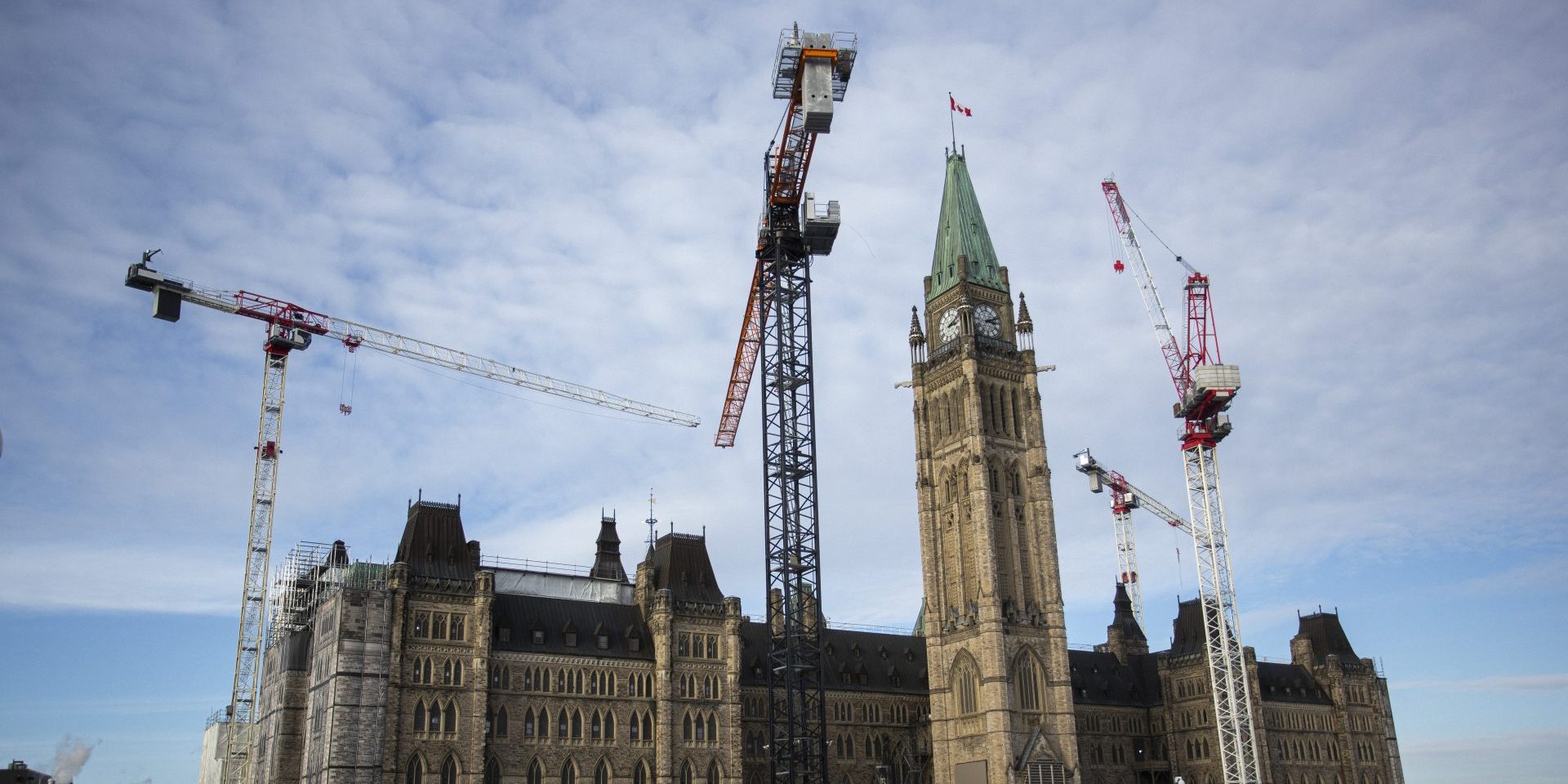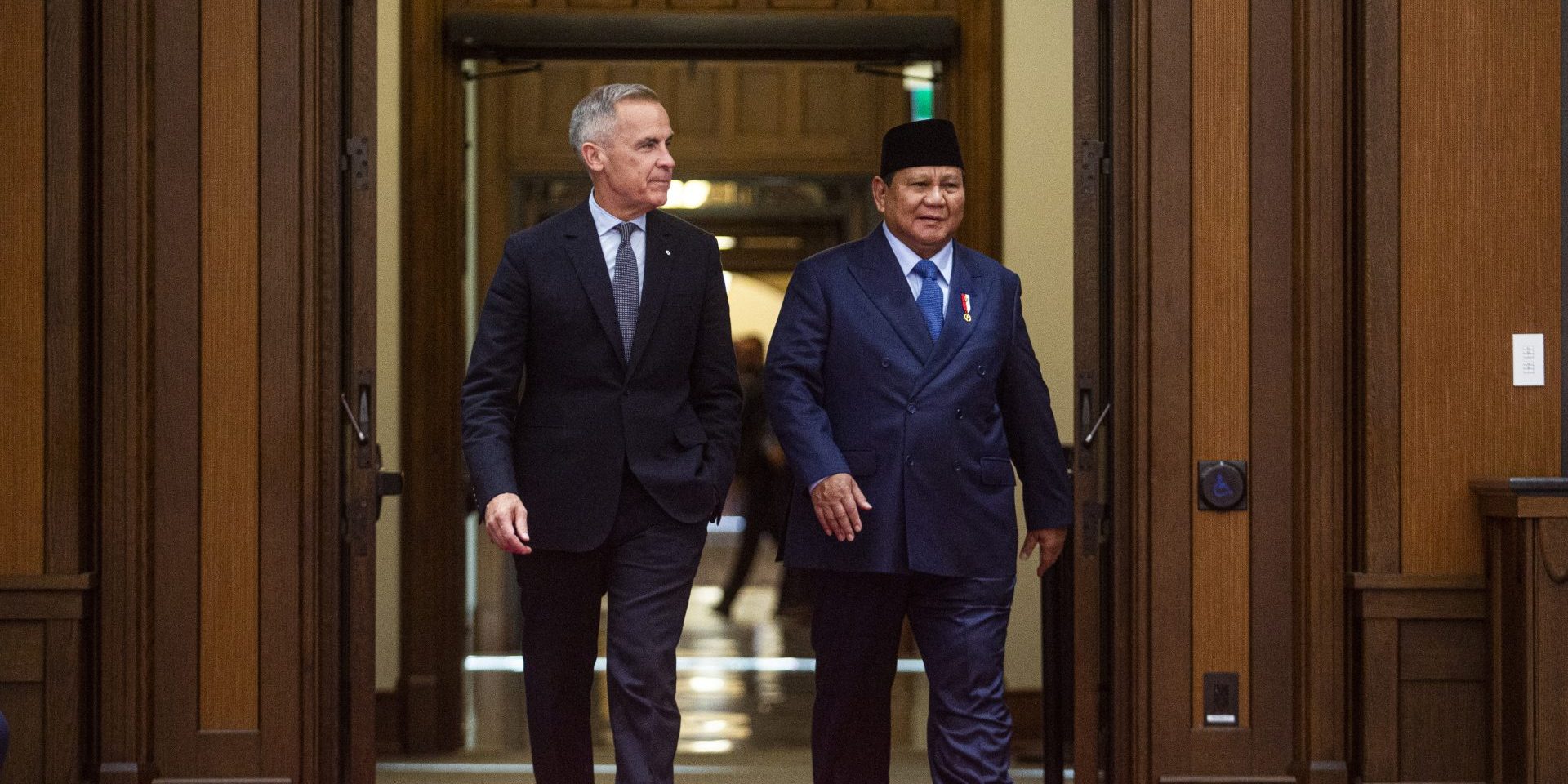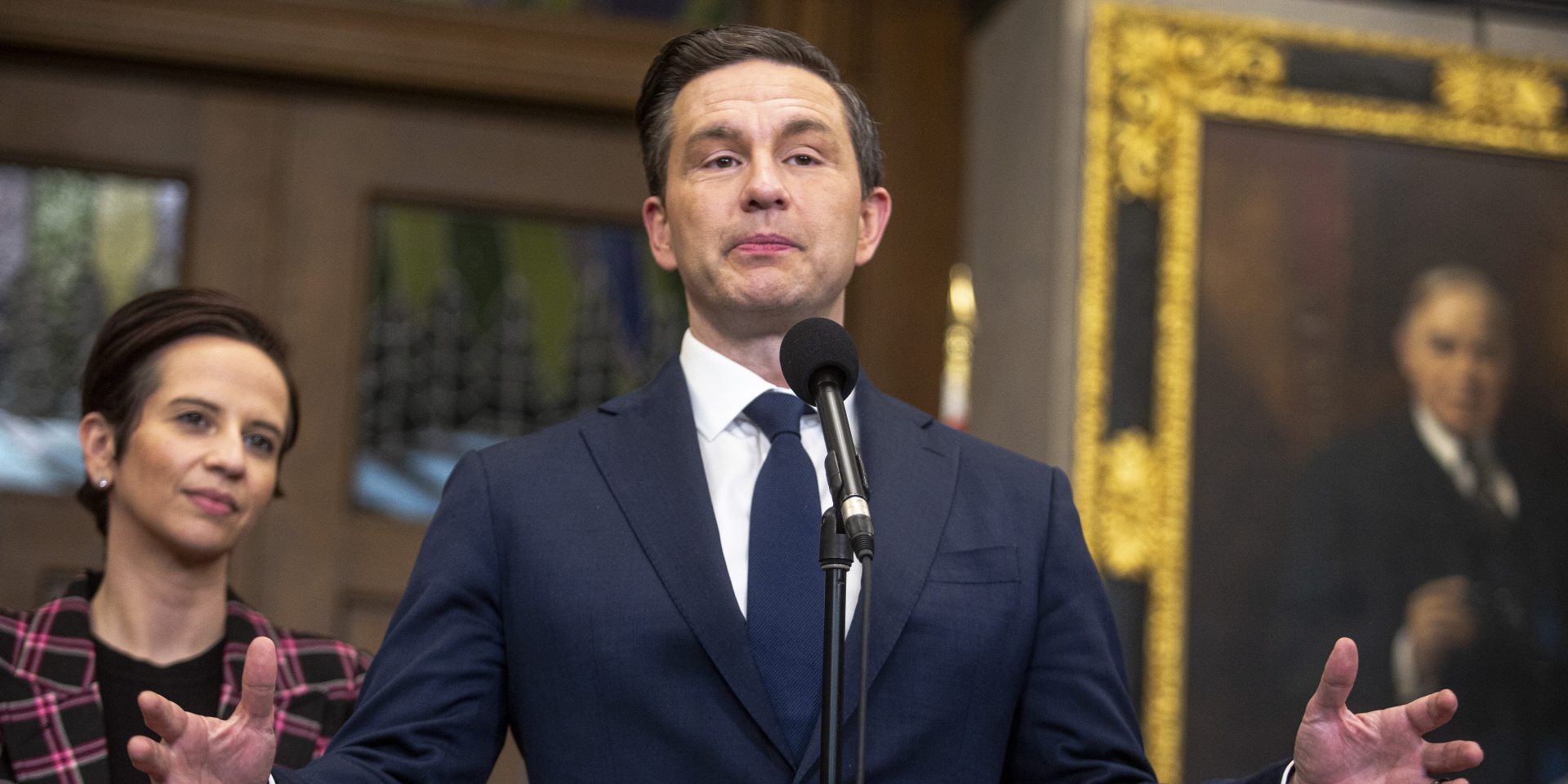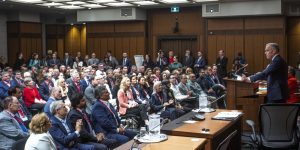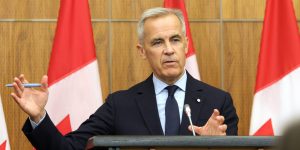Crown-Indigenous Relations departmental plan raises questions about role in Liberals’ major projects push
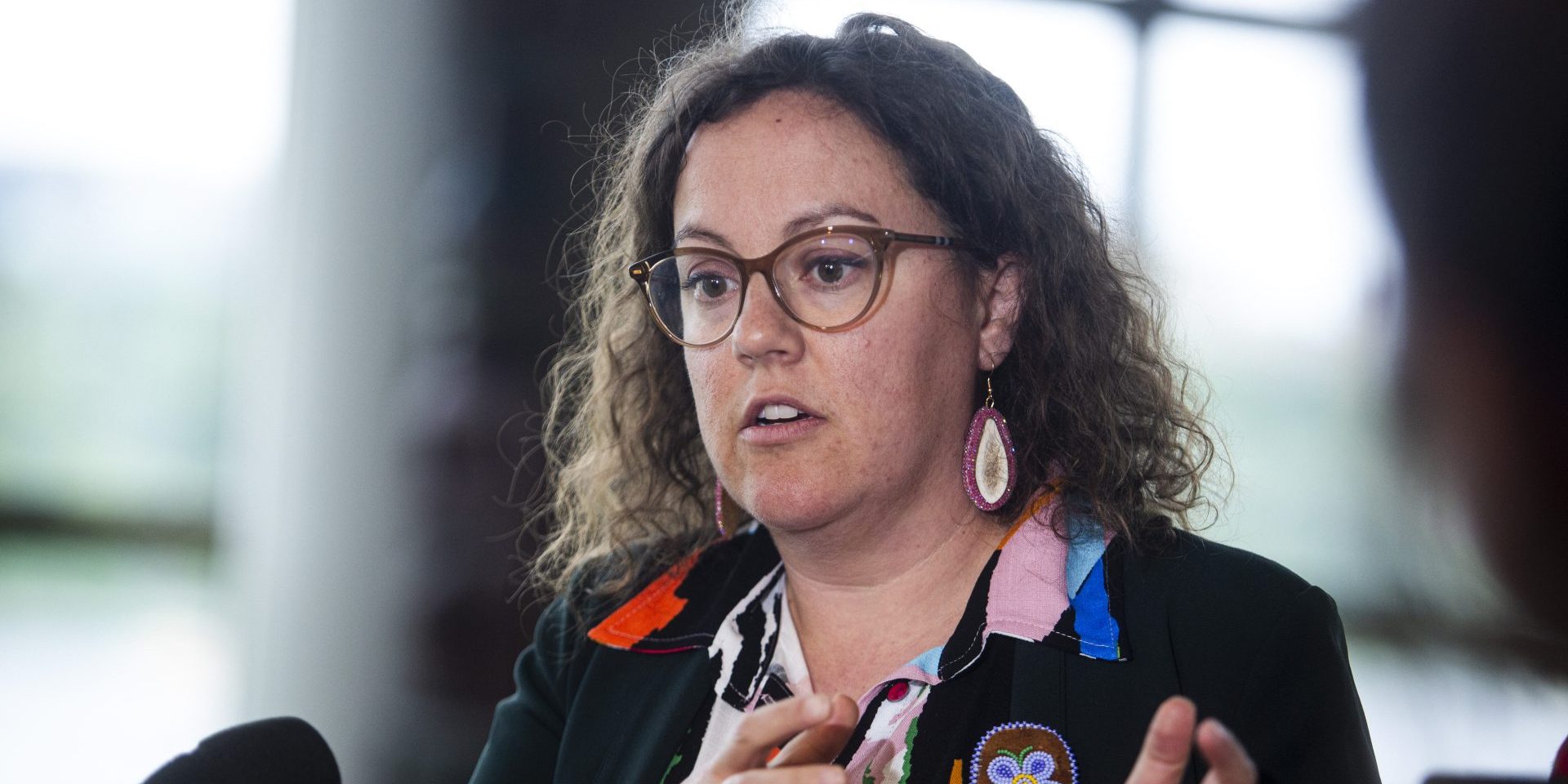
Crown-Indigenous Relations and Northern Affairs Canada is expecting to lower spending by 40 per cent over the next three years, reaching $5.5-billion by 2027-28, according to this year’s departmental plan. The cut may suggest a “potential downgrading of negotiation with Indigenous communities,” says professor Hayden King, highlighting the document is silent on consultations tied to the Liberals’ controversial major projects agenda.
The plan, released in late June, forecasts $13.4-billion for the current fiscal year (down from $17.9-billion in the previous period), and a steady drop in the following years. It doesn’t include the government’s ongoing spending review, or any funds that could come its way in a fall budget.
Crown-Indigenous Relations and Northern Affairs Canada (CIRNAC) attributes the funding change primarily to settlements, claims, and litigation that the government has paid in recent years. It outlines $1.6-billion in spending that is forecasted “for the settlement of specific claims” in 2025-26, with an additional $1.1-billion projected to be spent on settling “land-related claims and litigation.”
Departmental plans are typically written as the fiscal year comes to a close, and are worked on for months before they’re released. This could explain why this year’s plans hardly mention the new government’s nation-building goals. King—an associate professor of sociology studying Indigenous policy, law, and governance—acknowledged this, also noting the impact of the recent election. Still, he called it “concerning” that the department’s plans were not updated to reflect “any reference to how negotiation is going to unfold” when it comes to Prime Minister Mark Carney’s (Nepean, Ont.) pledged “national interest” projects, which could be built on Indigenous communities’ lands.
The new outlook also comes with an expected loss of 10 per cent of department staff, or 200 full-time jobs, over the next three years, down from the planned 1,862 this year until it reaches 1,683 by 2027-28. Those working in internal services and Crown-Indigenous relations have seen the largest shift in staffing levels over recent years.
The department’s roster of staff is projected to shrink due to funding being sunsetted for a number of programs and initiatives over the next three years. Funding for the Cowessess First Nation’s Child and Family Services Law is set to be cut, for example.
That funding was used to implement a child welfare system in the Cowessess First Nation, located in southern Saskatchewan. A $38.7-million deal with the federal and provincial governments was signed to that effect in July 2021, giving the nation jurisdiction over its own system.
The government was also ordered to pay $1.3-billion to 12 Anishnaabe Nations along Lake Superior by the Supreme Court in January. The court ruled that the government had made a “mockery” of The Robinson Treaties, signed between the provincial and federal governments of the time and the nations in 1850. The treaties promised payments to the nations in exchange for resource extraction, relative to wealth produced. The payments have been capped at $4 per person per year since 1874.
Funding for Indigenous infrastructure projects and the “federal framework to address the legacy of residential schools” is set to be sunsetted this year, too, followed by funding to continue implementing the Truth and Reconciliation Commission’s Calls to Action 74, 75, and 76, which deal with commemoration and documentation honouring the children who died in the system.

The department previously implemented programs, like the Residential Schools Missing Children Community Support Fund, to address these actions. In April 2024 a CIRNAC release says the government planned to “continue” that work.
Plan outlines ‘status quo,’ says King
King said this year’s departmental plan is the “status quo.” He explained that a number of CIRNAC’s plans from previous years “remain on the agenda.”
Moving away from the Indian Act and providing alternative agreements for Indigenous people are still on the docket, King noted, as are commitments to build Indigenous communities’ jurisdiction through self-governance agreements and by improving “socio-economic conditions and well being” through “self-determination.”
But King, who is Anishinaabe from Beausoleil First Nation, said that the government’s “only real priority” that has it has publicly committed on the Indigenous relations front are its plans for “major resource development projects,” pointing to Carney’s controversial nation-building legislation.
The legislation, known as Bill C-5 or the One Canadian Economy Act, passed in the Senate on June 26. It grants the government the authority to expedite projects labeled in the “national interest,” giving Parliament the legal right to bypass environmental regulations and treaty rights in the process. The move has been denounced by both Indigenous and environmental groups, who fear it could be used to impose projects on them without their consent.
The prime minister recently held a summit with Indigenous leadership, hoping to quell those fears.
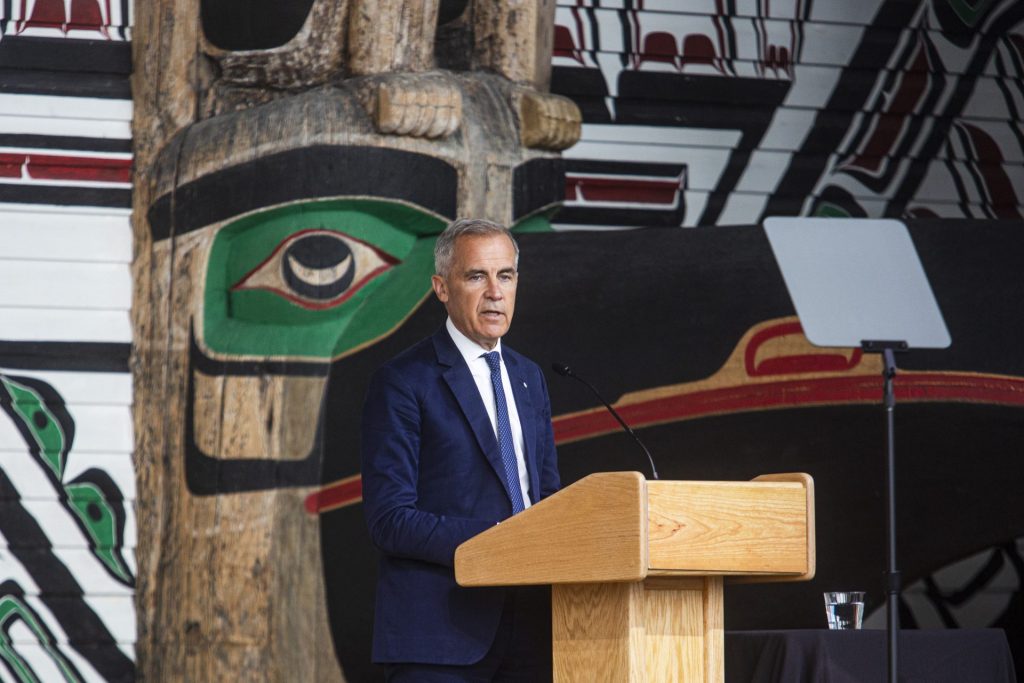
CIRNAC’s plan hints at project-building efforts in the introductory remarks from Crown-Indigenous Relations Minister Rebecca Alty (Northwest Territories) and Northern and Arctic Affairs Minister Rebecca Chartrand (Churchill—Keewatinook Aski, Man.), but the document is otherwise silent on the topic.
“Together, we can build the conditions for major projects to take root,” writes Chartrand, who is also responsible for the Canadian northern economic development agency, “projects that will improve security, boost the economy, and deliver real benefits to people living in the North.”
Alty similarly emphasizes plans to “build a stronger, more united Canada.”
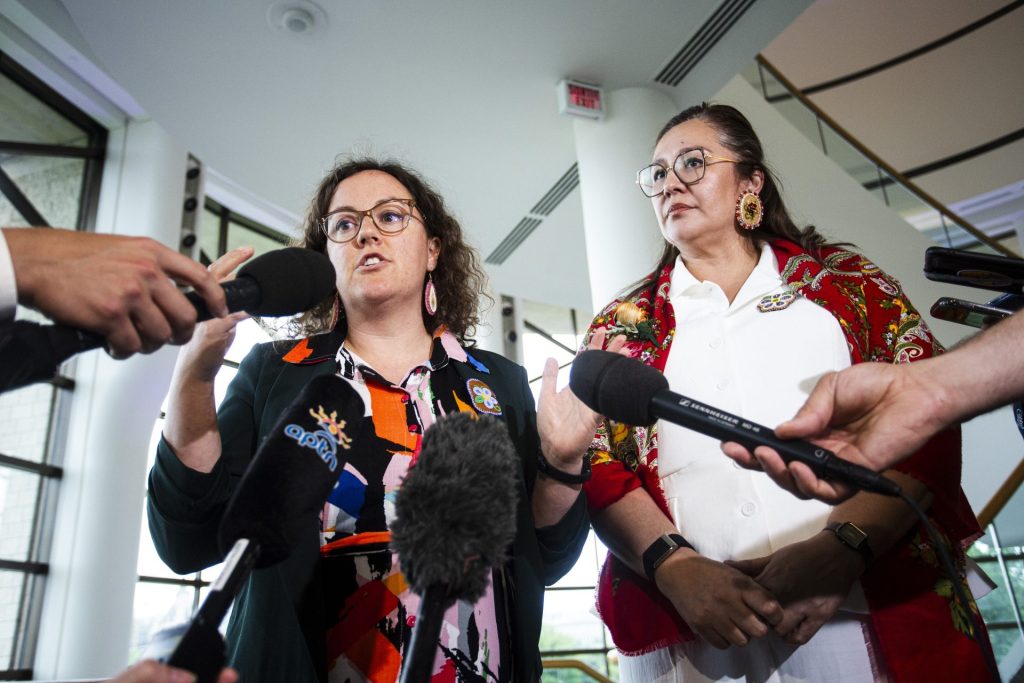
King noted the plan’s absence of concrete steps, speculating that the ministers may not “even understand fully how they’re going to be engaging with Bill C-5 or the major projects office.” Carney told the summit attendees the office would be operational by Labour Day, Sept. 1.
“You would expect that they would have a key role in consultation and discussions around consent,” King said. “If [the plan] is without any reference to how negotiation is going to unfold for these major projects … that’s a bit concerning.”
He added that the omission could also be because the department is “not going to be involved” in project discussions—something he called a concerning prospect, as well.
Cuts ‘always’ impact Indigenous people ‘the most’: Wilson
Kyra Wilson, grand chief of the Assembly of Manitoba Chiefs, said budget cuts are often a concerning sign for Indigenous communities.
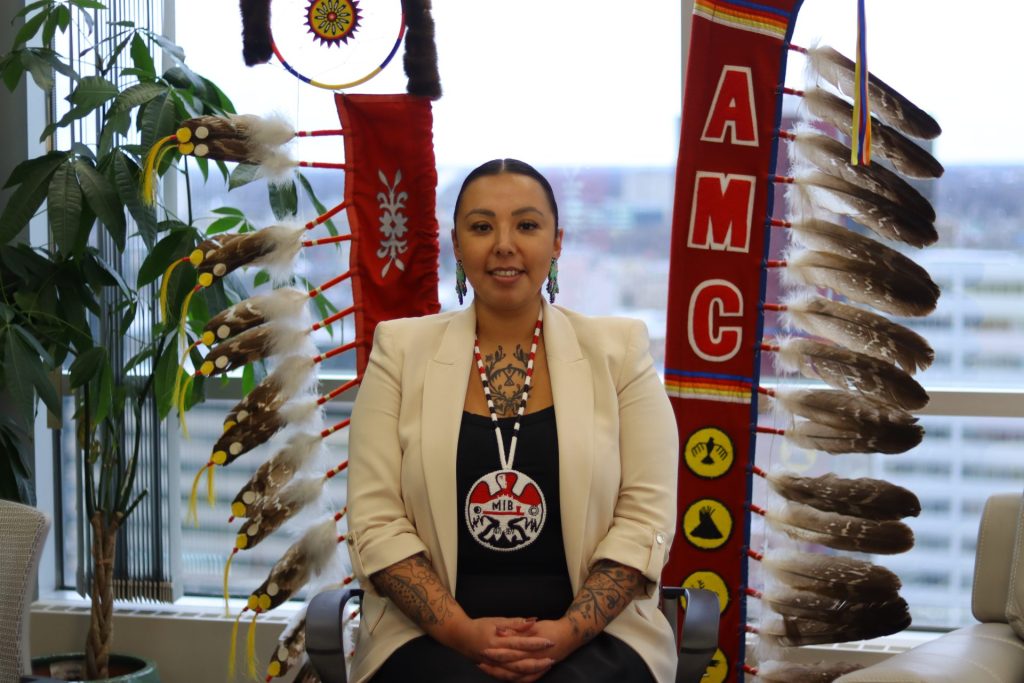
“What we’ve seen historically is that when there are budget cuts, it’s always First Nations people, Indigenous people, that are impacted the most,” she told The Hill Times.
“The federal and provincial governments receive dollars on behalf of resources that are being extracted from the lands and territories of First Nations people,” said Wilson, “and yet First Nations people do not benefit from the resource extraction.”
She emphasized that before proposing new nation-building projects, the government needs to address that “current issue.” But Wilson welcomed planned regional consultation with Carney, who recently committed to meeting with First Nations leadership in their territories at his two-day summit with them.
Wilson said Manitoba Chiefs have already invited Carney to a meeting, and are awaiting a response.
Wilson also highlighted that there are some “really great people” in cabinet positions, adding that she’s “looking forward to working with them” to hopefully “affect some systemic change.”
When asked about CIRNAC’s plan and the One Canadian Economy Act, the Métis Nation of Ontario (MNO) highlighted the need for economic investment in Métis-led corporations.
“The need for continued investments in Métis Capital Corporations cannot be underscored enough,” Jennifer St. Germain, chief strategy officer at the MNO, wrote in a statement to The Hill Times, pointing to a recent report from the Métis National Council, which looks at the status of the Métis economy.
The report found that the Métis economy contributes more than $21-billion to Canada’s gross domestic product.
The statement notes this is “an amount larger than the combined economies of Prince Edward Island, the Northwest Territories, Yukon, and Nunavut,” yet “there are gaps that remain in business survival, revenue, education and homeownership.”
These gaps are holding back growth, St. Germain wrote, and “represents a missed opportunity for national economic growth.”
Bureaucracy a ‘key barrier to change,’ says King
King said staff cuts are not necessarily a bad thing, noting that bureaucracy in the public service is a “key problem” in both CIRNAC and Indigenous Services Canada.
“They are often the key barrier to change,” he said of the departments working with Indigenous Peoples.
Still, he said staff cuts could be indicative of the government’s focus going forward, which could be cause for some concern.
“We also know that less staff is also a reflection of the government’s priorities, and that signals a potential downgrading of negotiation with Indigenous communities,” King said.
King also pointed to Carney’s economic focus as a warning signal. The prime minister has repeatedly pitched himself as the leader to get things done quickly, citing tariffs levied against Canada from the United States as a threat requiring swift action. This was one of the reasons Carney said he pushed to pass his One Canadian Economy Act so quickly, turning to the Conservatives to support the legislation, with other parties raising objections.
But King said he doesn’t think a fast decision-making mindset will translate into results for Indigenous communities.
“Any time a Canadian government shifts towards the economy as the key—and often singular—priority, social policy [and] diplomacy with Indigenous people … those fall away pretty quickly, and a lot of times are the first things to get neglected or cut,” he said.
“What this action plan indicates is that the best case scenario is we’re going to have status quo for the next year,” he continued, adding that the “worst case” scenario is that “targets get lost in the cutting of staff.”
ewand@hilltimes.com
The Hill Times






 LICENSING
LICENSING PODCAST
PODCAST ALERTS
ALERTS

